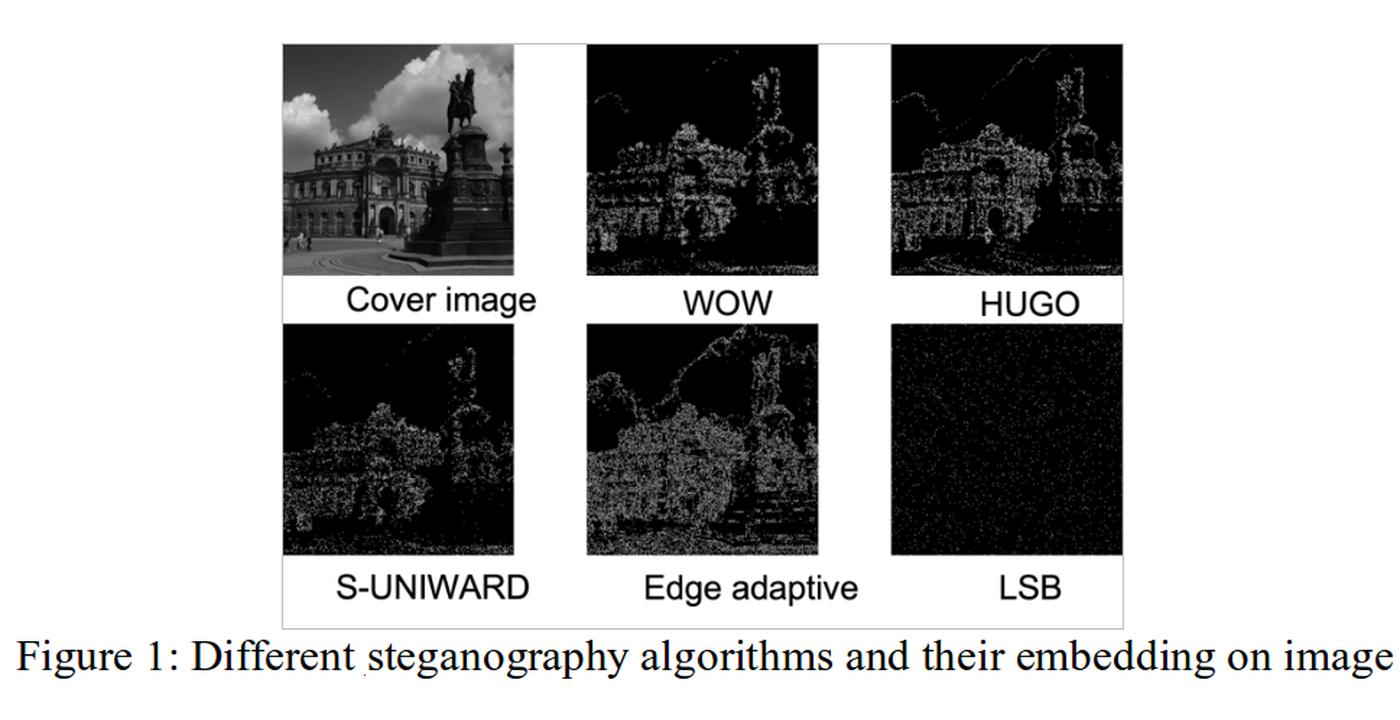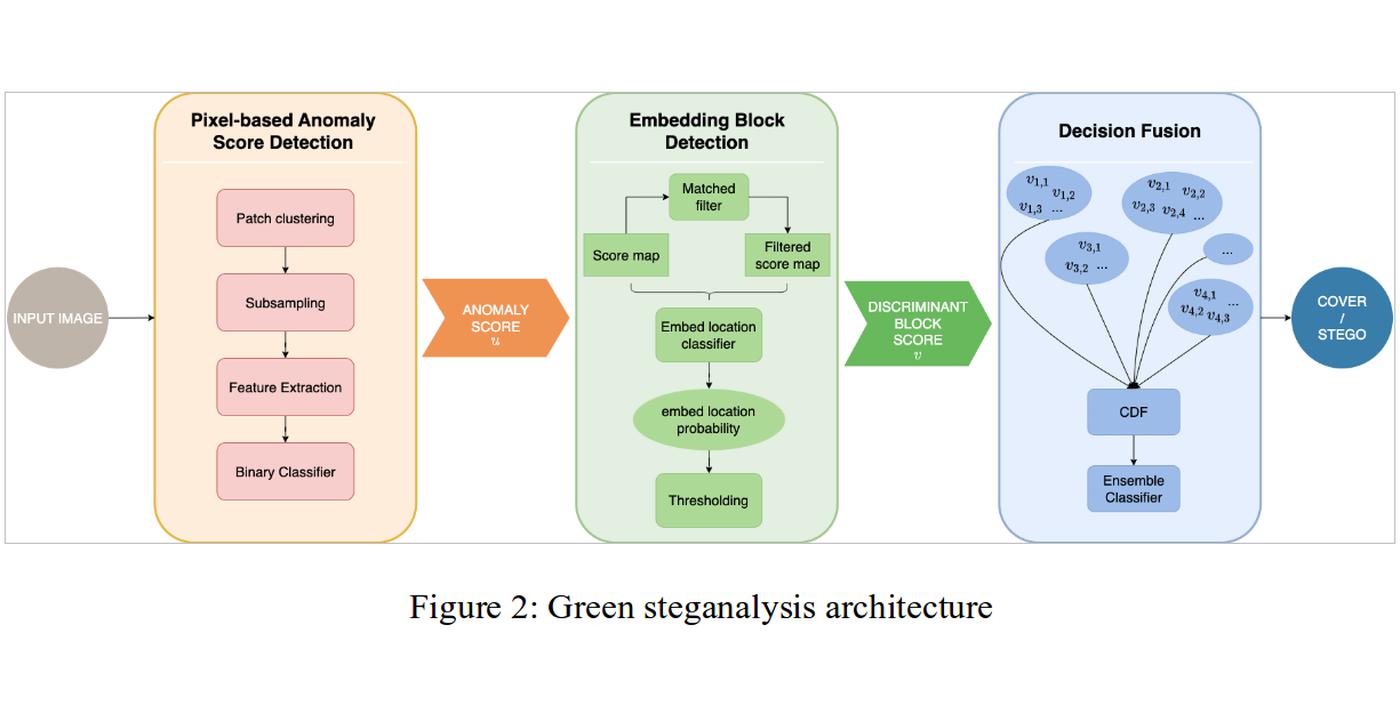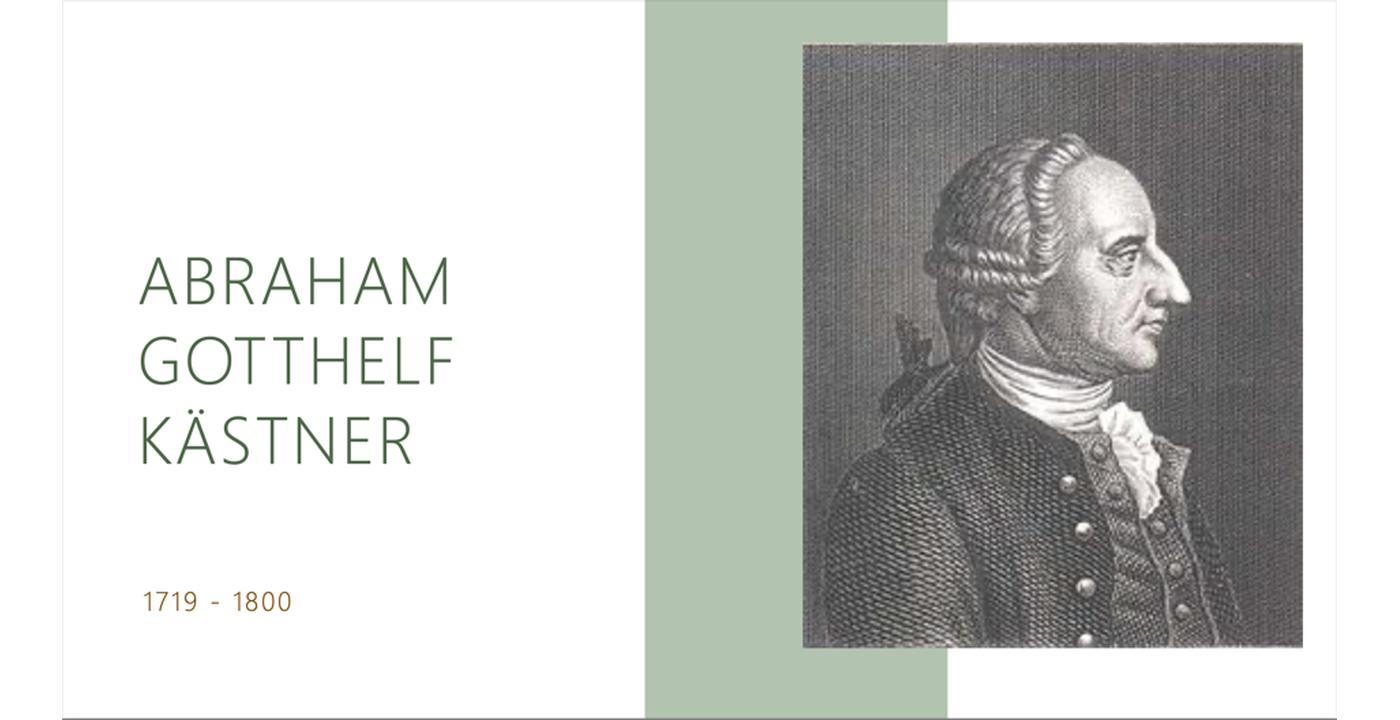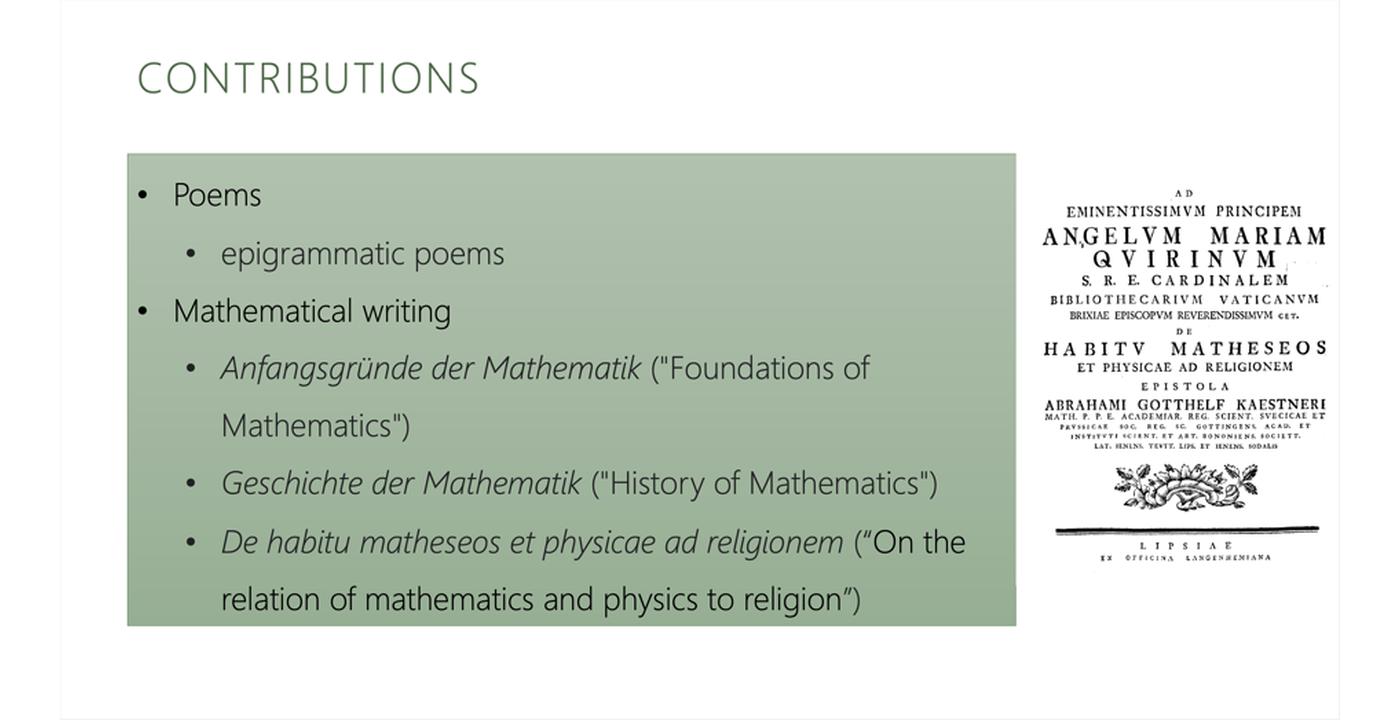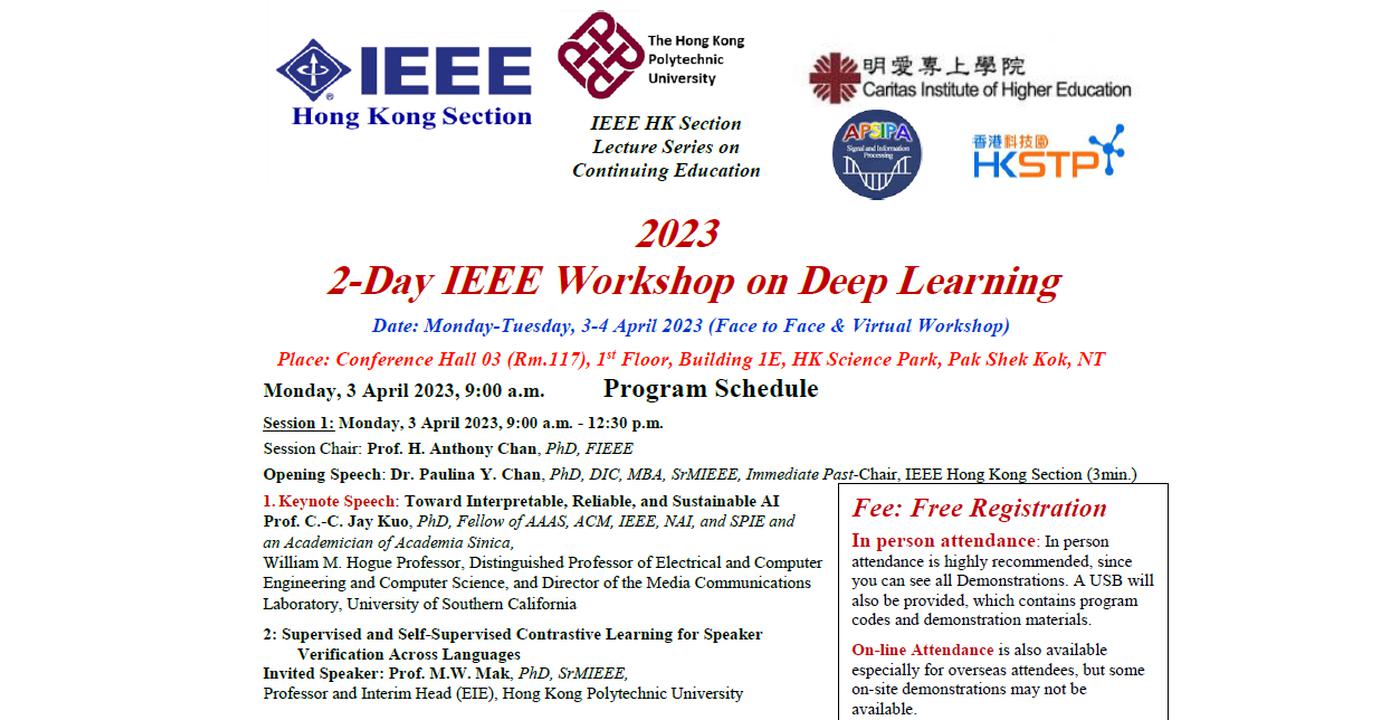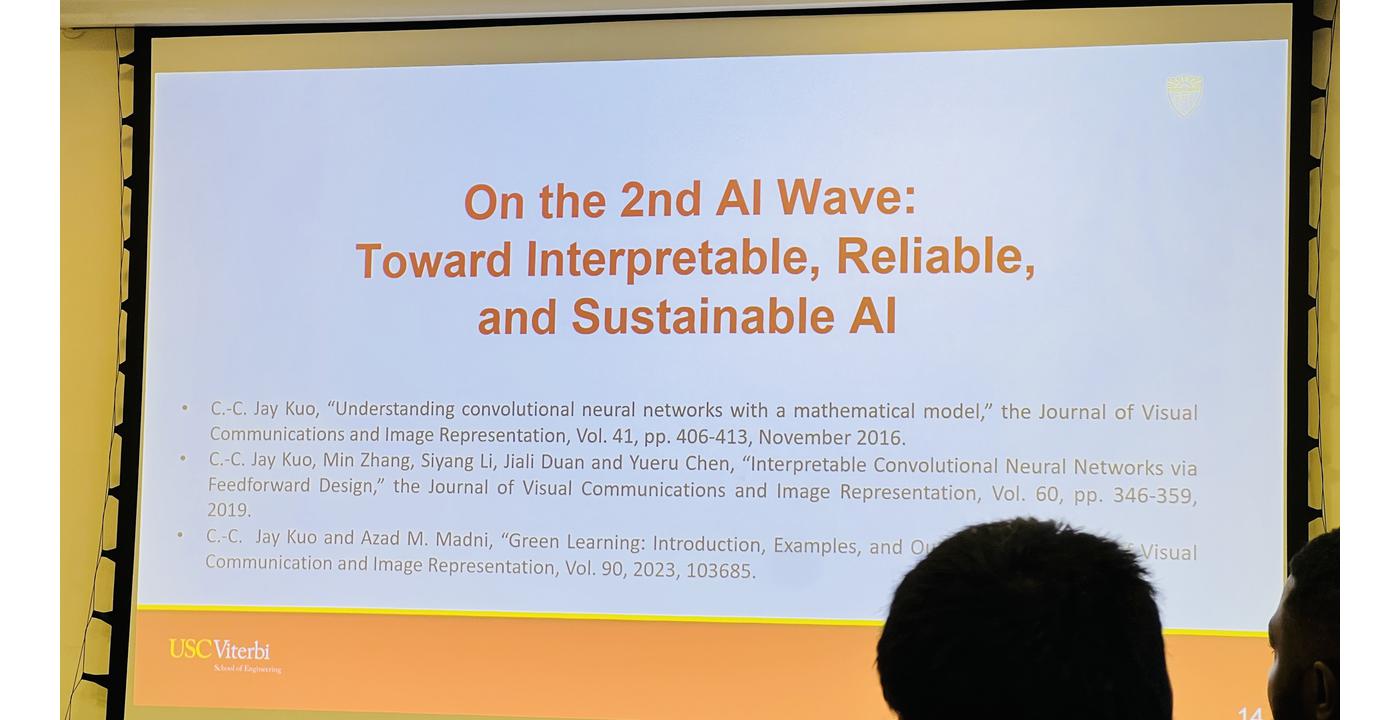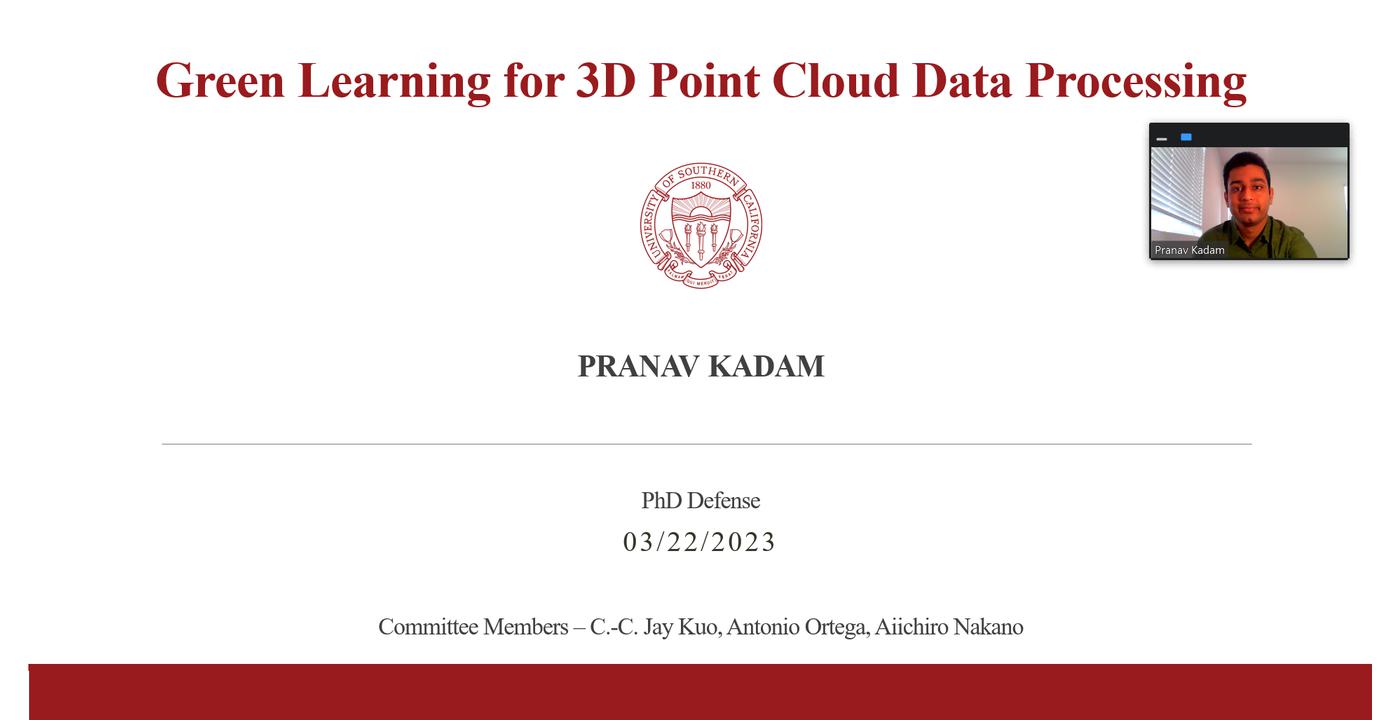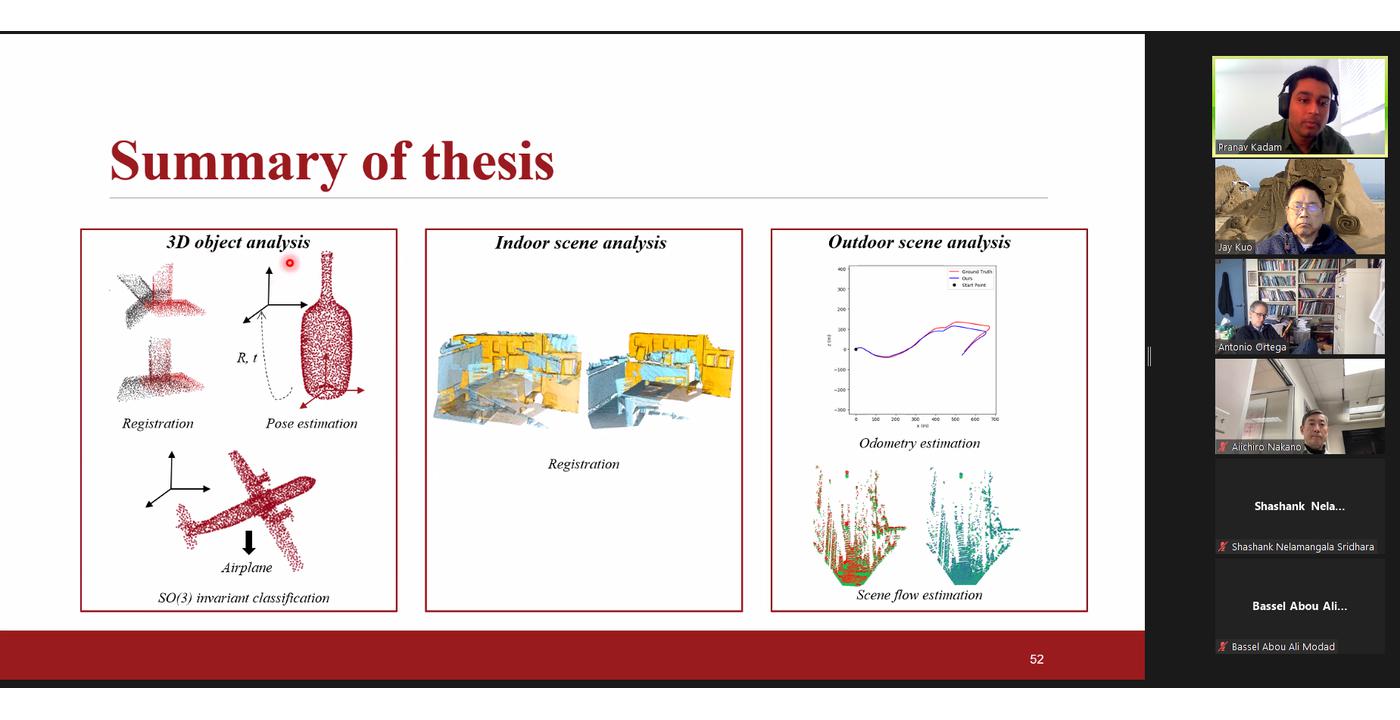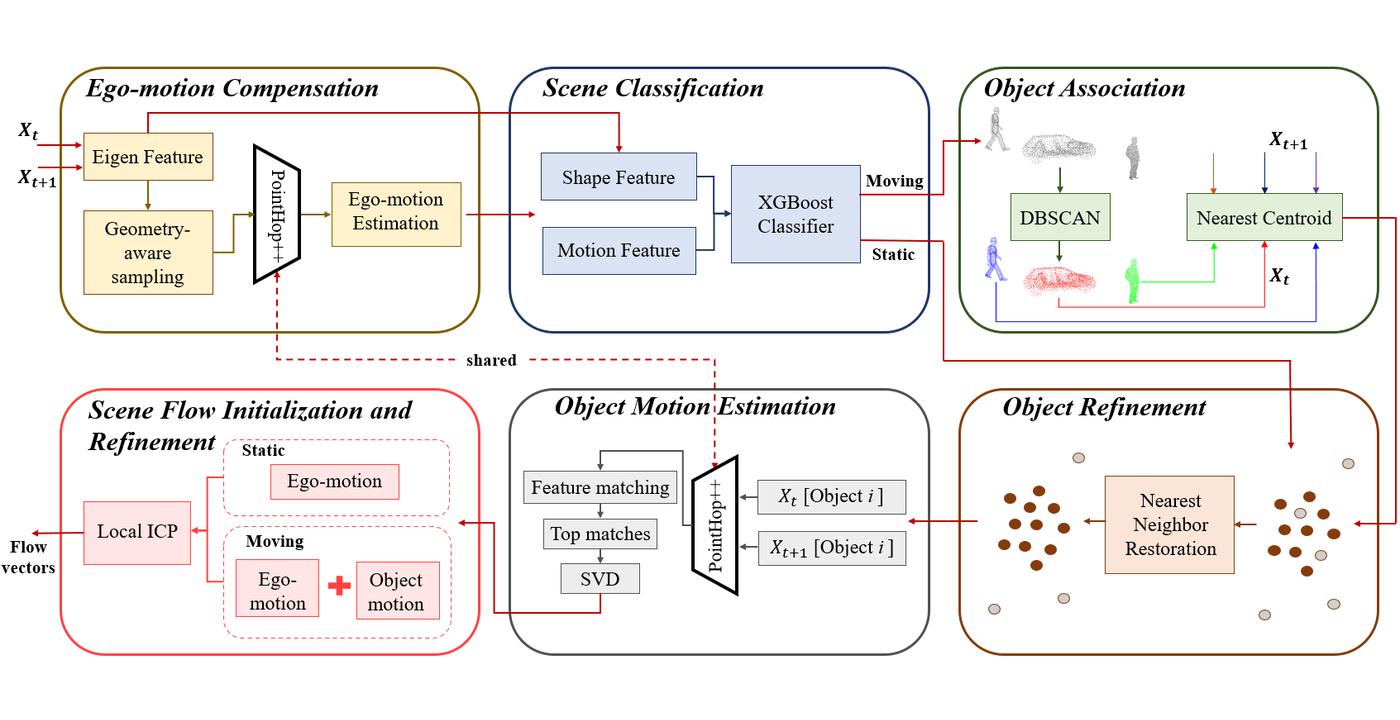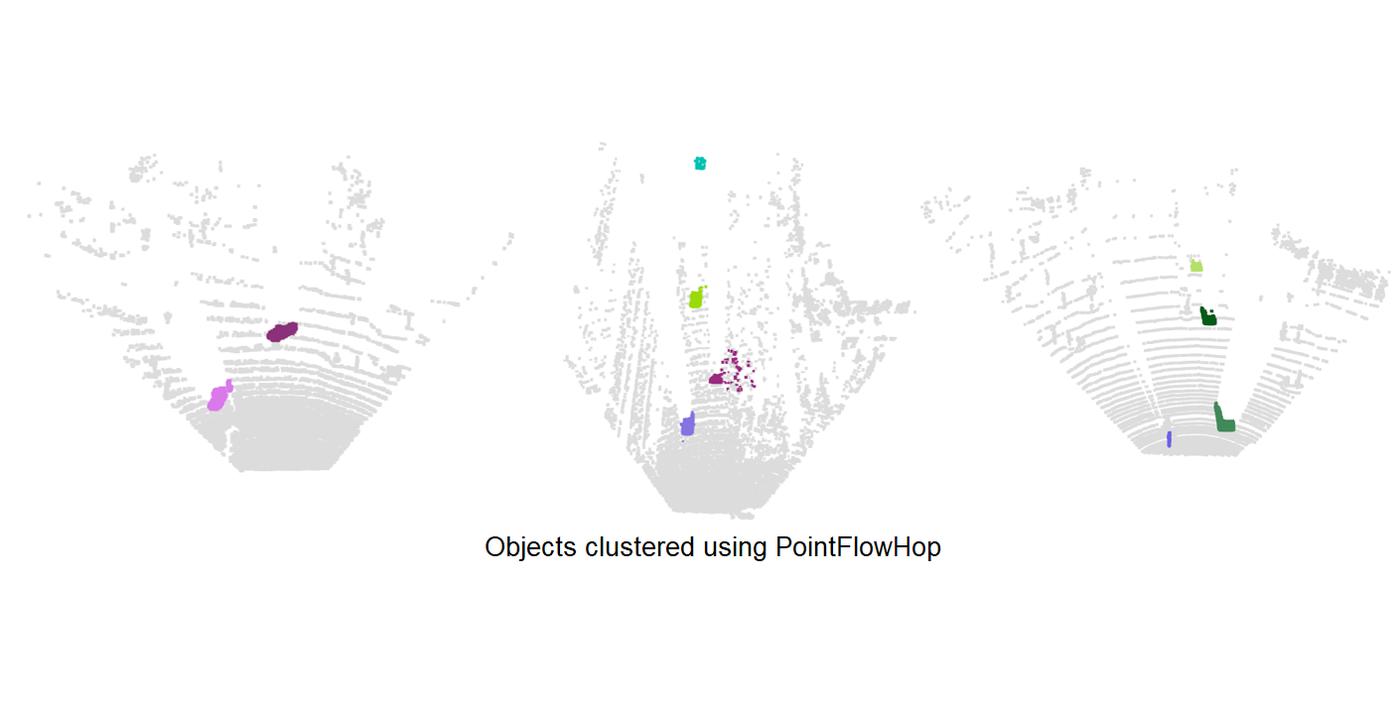MCL member Ganning Zhao presented in the SPIE DCS conference
Ganning had a trip to Orlando to participate in the SPIE DCS conference. Let’s hear what she would like to share about her work:
Ensuring the realism of computer-generated synthetic images is crucial to deep neural network (DNN) training. Due to different semantic distributions between synthetic and real-world captured datasets, there exists semantic mismatch between synthetic and refined images, which in turn results in the semantic distortion. Recently, contrastive learning (CL) has been successfully used to pull correlated patches together and push uncorrelated ones apart. In this work, we exploit semantic and structural consistency between synthetic and refined images and adopt CL to reduce the semantic distortion. Besides, we incorporate hard negative mining to improve the performance furthermore. We compare the performance of our method with several other benchmarking methods using qualitative and quantitative measures and show that our method overs the state-of-the-art performance.
— Ganning Zhao












